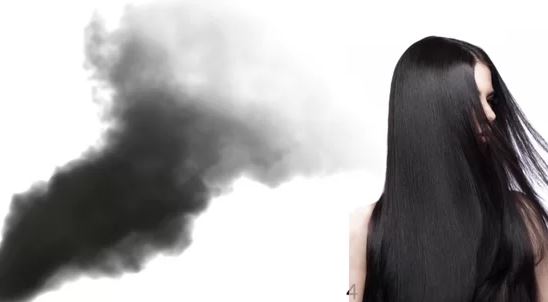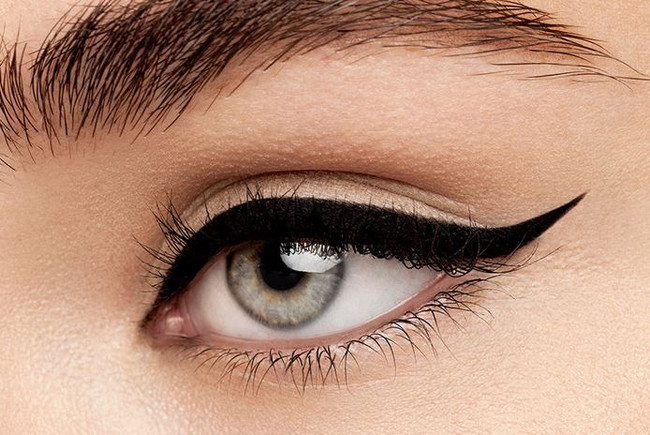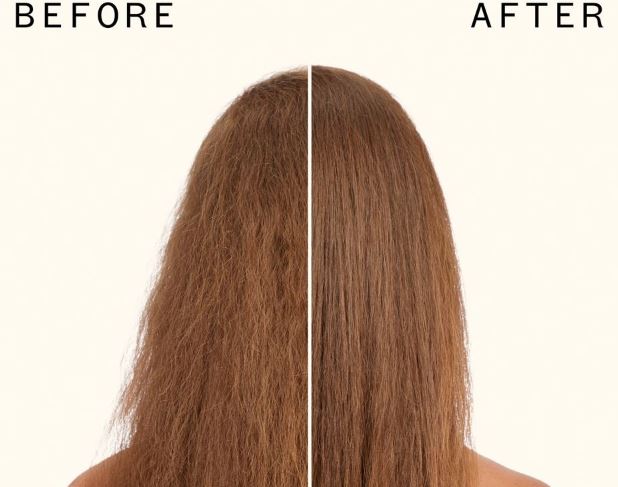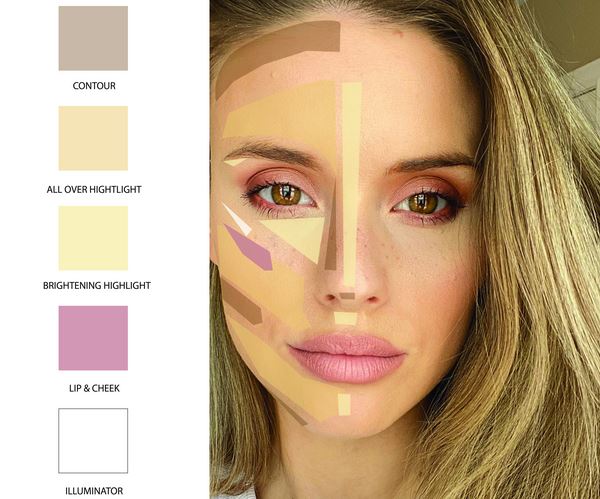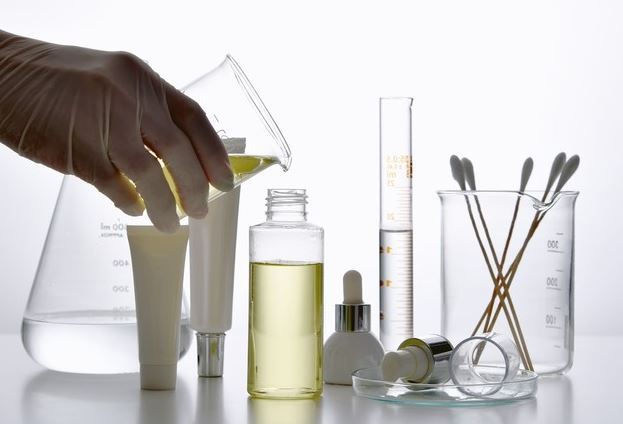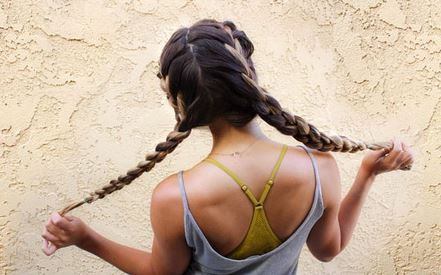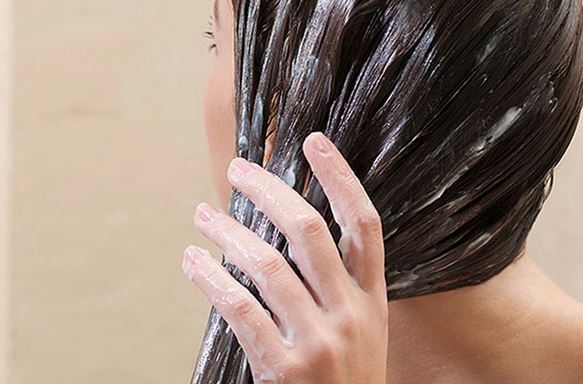Our hair is exposed to various environmental factors every day, such as the sun, pollution, humidity, and extreme weather conditions. These elements can take a toll on the health and appearance of our hair, leading to dryness, dullness, breakage, and frizz. However, with the right protective measures, you can shield your hair from environmental damage and keep it looking and feeling its best. In this article, we will explore effective ways to protect your hair from environmental damage, ensuring it stays healthy, vibrant, and resilient.
Shielding Your Hair from the Sun
-
Wear a Hat: One of the simplest and most effective ways to protect your hair from the sun is by wearing a hat. A wide-brimmed hat provides shade and blocks the harmful UV rays that can damage your hair and fade hair color. Opt for hats made from natural materials like straw or cotton for breathability.
-
Use UV Protection Products: Just as you protect your skin with sunscreen, you can also shield your hair from the sun's rays with UV protection products. Look for leave-in conditioners, serums, or sprays that specifically mention UV protection. Apply these products before heading outdoors to create a barrier against harmful UV radiation.
-
Limit Direct Sun Exposure: While it may not always be possible to avoid the sun, you can reduce direct exposure during peak hours when the sun is strongest. Seek shade or wear protective coverings like scarves or head wraps to minimize the sun's impact on your hair.
Defending Against Pollution
-
Wash Your Hair Regularly: Pollution particles can accumulate on your scalp and hair, leading to dullness and damage. Regularly wash your hair with a gentle yet effective shampoo to remove pollutants and restore freshness. Consider using a clarifying shampoo once a week to deeply cleanse and purify your scalp and hair.
-
Protective Hairstyles: Styling your hair in updos, braids, or buns can help minimize direct exposure to pollutants. By keeping your hair off your face and shoulders, you reduce the surface area for pollutants to settle on. Additionally, using hair accessories like headbands or scarves can act as an extra barrier against pollution.
-
Apply Anti-Pollution Products: Look for hair care products formulated with anti-pollution properties. These products contain ingredients that create a protective shield on the hair, preventing the adhesion of pollutants and reducing damage. Incorporate anti-pollution hair mists or serums into your routine for added protection.
Combatting Humidity and Extreme Weather
-
Hydrate Your Hair: Moisture is key in combating the effects of humidity and extreme weather conditions. Use hydrating shampoos and conditioners to nourish and moisturize your hair. Additionally, incorporate deep conditioning treatments into your routine to restore moisture and strengthen your hair.
-
Anti-Frizz Products: Humidity can cause frizz and unruly hair. Invest in anti-frizz products such as serums, oils, or creams to control frizz and create a barrier against excess moisture. Apply these products to damp or dry hair, focusing on the mid-lengths and ends.
-
Protective Hairstyles: Opt for hairstyles that offer some protection against humidity and extreme weather. Braids, buns, or ponytails can help keep your hair contained and minimize exposure to the elements. Use gentle hair ties or scrunchies to avoid breakage and damage.
Frequently Asked Questions
Q: How often should I wash my hair to protect it from environmental damage? A: The frequency of hair washing depends on various factors such as hair type, scalp condition, and exposure to pollutants. As a general guideline, aim to wash your hair two to three times a week to remove dirt, pollutants, and product buildup, while maintaining the natural oils that protect your hair.
Q: Can environmental damage cause hair loss? A: Environmental damage alone is unlikely to cause hair loss. However, it can contribute to hair breakage, dryness, and overall hair damage, which may lead to the appearance of thinning hair. If you're experiencing excessive hair loss, it's advisable to consult a healthcare professional to determine the underlying cause.
Q: Can swimming in chlorinated or saltwater damage my hair? A: Chlorinated and saltwater can strip your hair of its natural oils, leaving it dry and brittle. Before swimming, wet your hair with clean water and apply a leave-in conditioner or hair oil to create a barrier between your hair and the water. After swimming, rinse your hair thoroughly and apply a moisturizing conditioner or treatment.
Q: How can I repair sun-damaged hair? A: Sun-damaged hair can benefit from deep conditioning treatments and nourishing hair masks. Look for products with ingredients like aloe vera, shea butter, or argan oil to replenish moisture and repair the hair. Trimming off any split ends can also help improve the overall appearance and health of sun-damaged hair.
Q: Can I protect my hair while styling with heat tools? A: Yes, you can protect your hair from heat damage by using heat protectant sprays or serums. Apply these products before using heat styling tools to create a barrier between your hair and the heat. Additionally, use lower heat settings and limit the frequency of heat styling to minimize damage.
Q: Can wearing a silk or satin pillowcase protect my hair while I sleep? A: Yes, silk or satin pillowcases can help reduce friction and minimize hair breakage while you sleep. These smooth materials create less friction compared to cotton, allowing your hair to glide smoothly. Silk or satin pillowcases also help to retain moisture in your hair, reducing dryness and frizz.
Conclusion
Protecting your hair from environmental damage is crucial for maintaining its health, vitality, and beauty. By incorporating sun protection, defending against pollution, and combating humidity and extreme weather, you can shield your hair from potential harm. Remember to maintain a consistent hair care routine, use protective hairstyles, and invest in products specifically designed to safeguard your hair from the elements. With proper care, you can enjoy hair that looks and feels resilient, no matter the environmental conditions.
|
